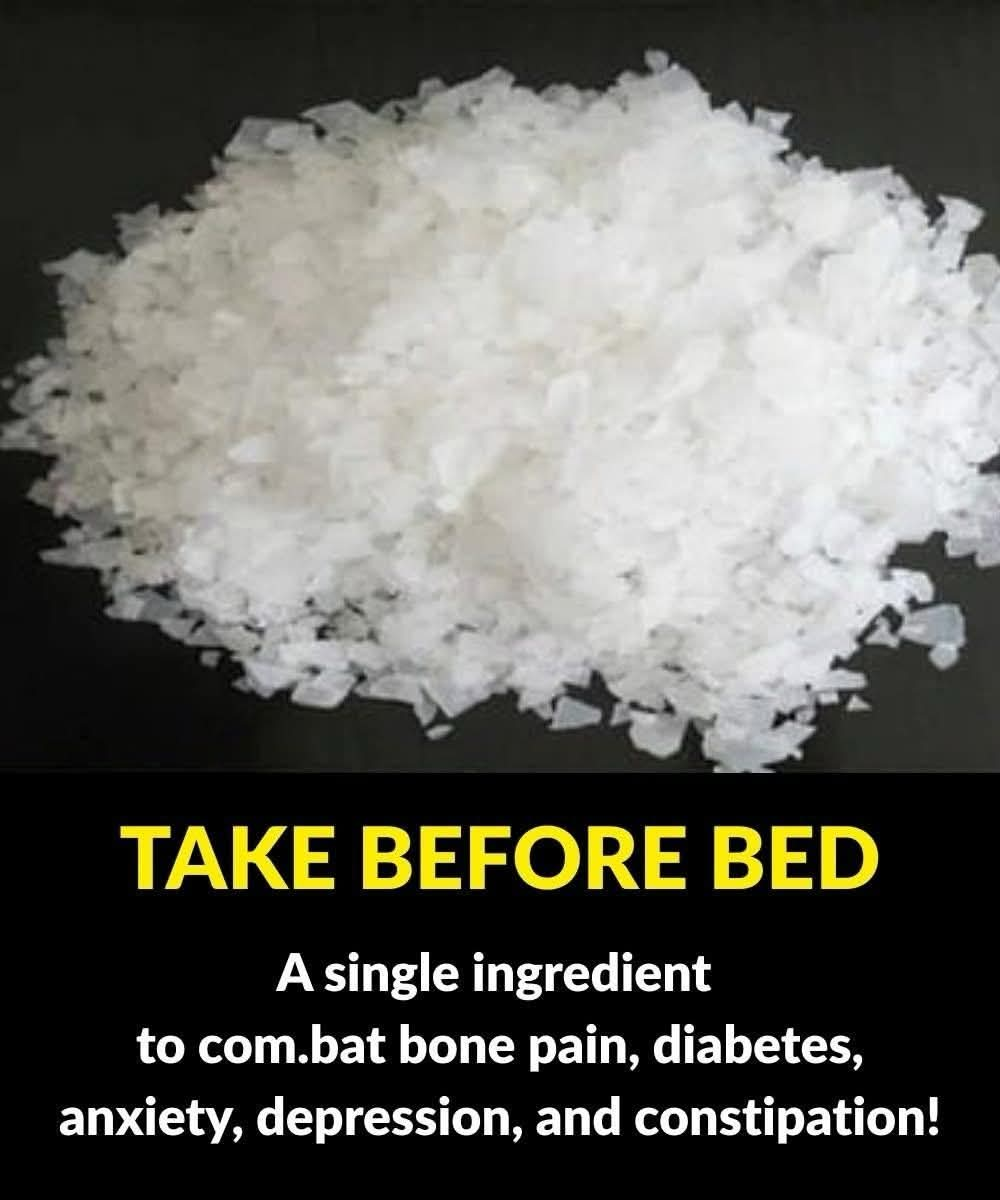Superfoods: Hype vs. Health
“This one food fights cancer!”
“Eat this and live longer!”
They grab attention — but do they deliver truth?
While certain foods are packed with nutrients and linked to better health, there’s no **magic bullet** in the diet world.
That said… some foods stand out for their exceptional nutrient density, antioxidant power, and role in long-term wellness.
Let’s explore what “superfood” really means — and highlight one widely studied, deeply nourishing food that truly deserves the spotlight.
Because real health isn’t about chasing trends.
It’s about eating well — consistently, colorfully, and without hype.
🔍 What Is a “Superfood”?
The term “superfood” isn’t a scientific label — it’s a **marketing term** used for foods believed to offer exceptional health benefits.
✅ In reality, most so-called superfoods are:
- Rich in **antioxidants**
- High in **fiber, vitamins, or healthy fats**
- Linked to lower risk of **chronic disease** in population studies
But here’s the catch:
👉 No single food can compensate for an unhealthy diet or lifestyle.
Think of superfoods as **nutritional power players** — not miracle cures.
🥬 Spotlight: Kale – A True Nutrient Powerhouse
If any food earns the “super” label through sheer nutritional value, it’s **kale**.
This leafy green packs more nutrients per calorie than almost any other food.
- **Vitamin K:** Supports bone and heart health — one cup provides over 600% DV
- **Vitamin C:** Boosts immunity and collagen production
- **Vitamin A** (as beta-carotene): Protects vision and skin
- **Fiber:** Feeds gut bacteria and supports digestion
- **Antioxidants** (quercetin, kaempferol): Fight oxidative stress linked to aging and disease
- **Calcium & Iron:** Plant-based sources important for plant-focused diets
📌 Studies link diets rich in leafy greens like kale to lower risks of heart disease, type 2 diabetes, and certain cancers — though as part of a healthy pattern, not alone.
✅ Other Nutrient-Dense Foods That Deserve Attention
- **Berries:** High in anthocyanins — antioxidants linked to brain health
- **Fatty Fish** (salmon, mackerel): Rich in omega-3s — reduce inflammation and support heart and brain function
- **Nuts & Seeds:** Provide healthy fats, protein, and vitamin E
- **Legumes** (beans, lentils): High in fiber and plant protein — support blood sugar control
- **Green Tea:** Contains EGCG — a powerful antioxidant studied for metabolic and cognitive benefits
💡 The real secret? **Variety**. Eating many colorful plant foods gives you a broader range of protective compounds.
❌ Debunking the Myths
- **“One superfood can reverse disease”** False — no food replaces medical treatment
- **“Superfoods are expensive or exotic”** Not true — oats, carrots, beans, and apples are all nutrient-rich
- **“Eating more superfoods means you can skip veggies”** Dangerous myth — balance matters most
- **“Juicing them makes them stronger”** Juice lacks fiber; whole foods are better
🚫 **Beware** of products labeled “superfood-infused” — often high in sugar and low in real benefit.
✅ How to Eat for Real Long-Term Health
Forget chasing one miracle food.
Focus on these **proven habits**:
- **Eat more plants:** Fruits, vegetables, legumes, nuts — linked to longevity
- **Choose whole grains:** Brown rice, quinoa, oats — support steady energy
- **Limit ultra-processed foods:** Reduce added sugar, salt, and unhealthy fats
- **Cook at home more often:** You control ingredients and portions
- **Pair foods wisely:** Add lemon to kale for iron absorption; fat helps absorb vitamins A, D, E, K
Final Thoughts
You don’t need a magical ingredient to feel better.
You just need to eat **real food** — mostly plants — and do it regularly.
So next time you’re scrolling past flashy claims about “one food that changes everything”… smile.
Then go eat a bowl of lentil soup with kale, tomatoes, and olive oil.
Because real wellness isn’t loud.
It’s quiet.
And it grows — day by day, bite by bite.
And that kind of health?
It lasts a lifetime.
